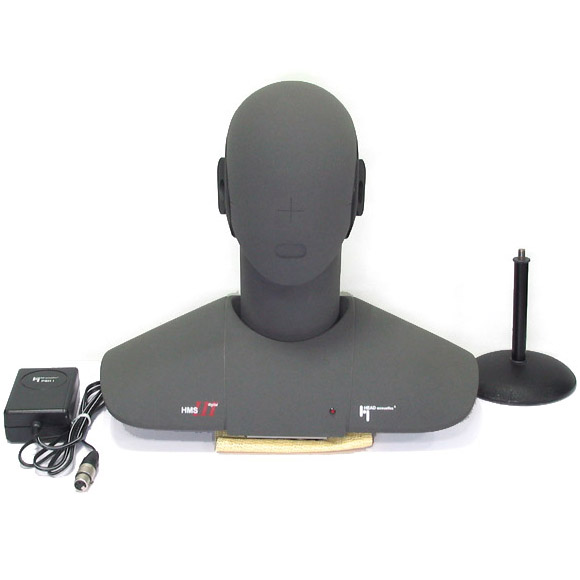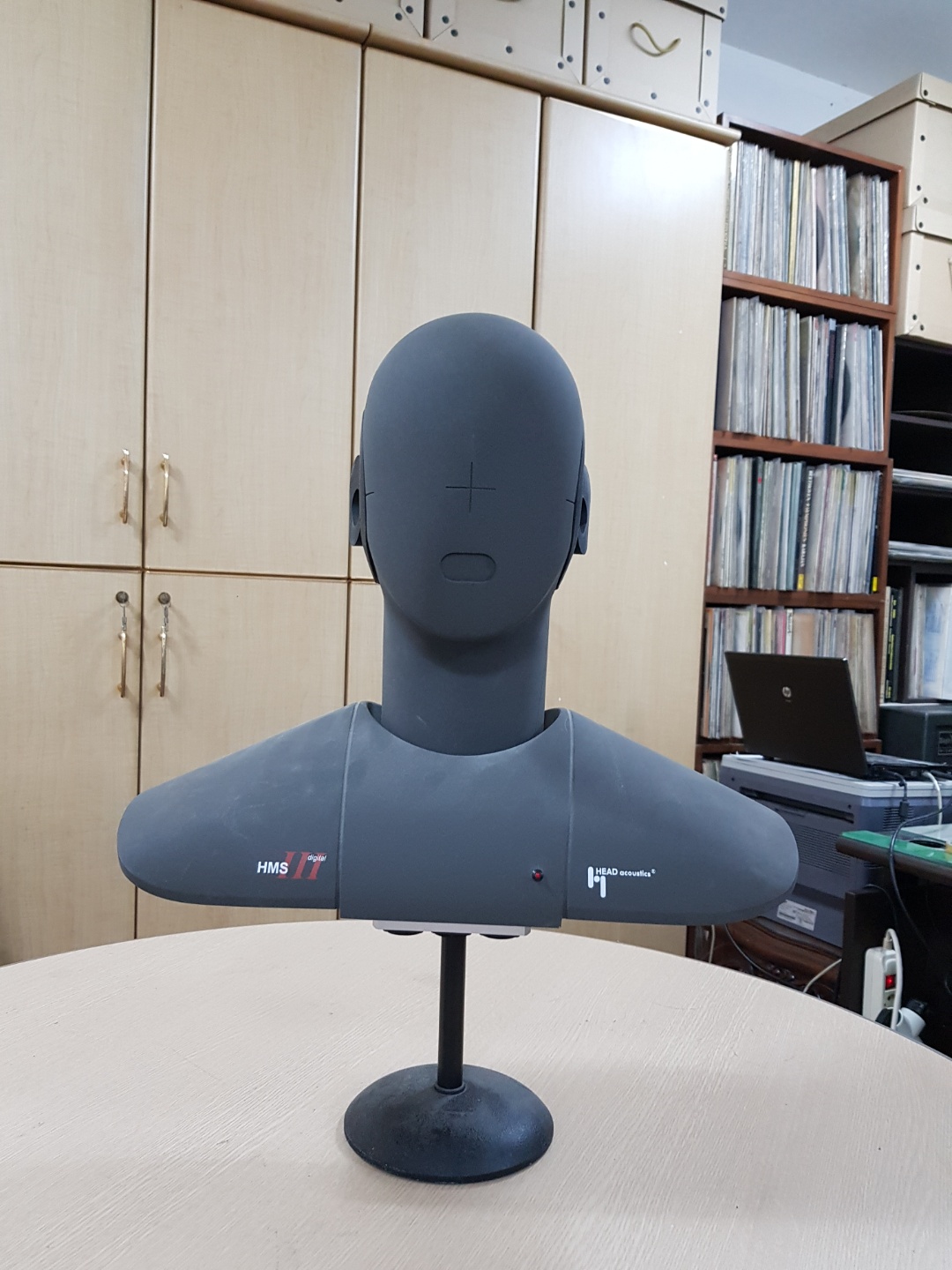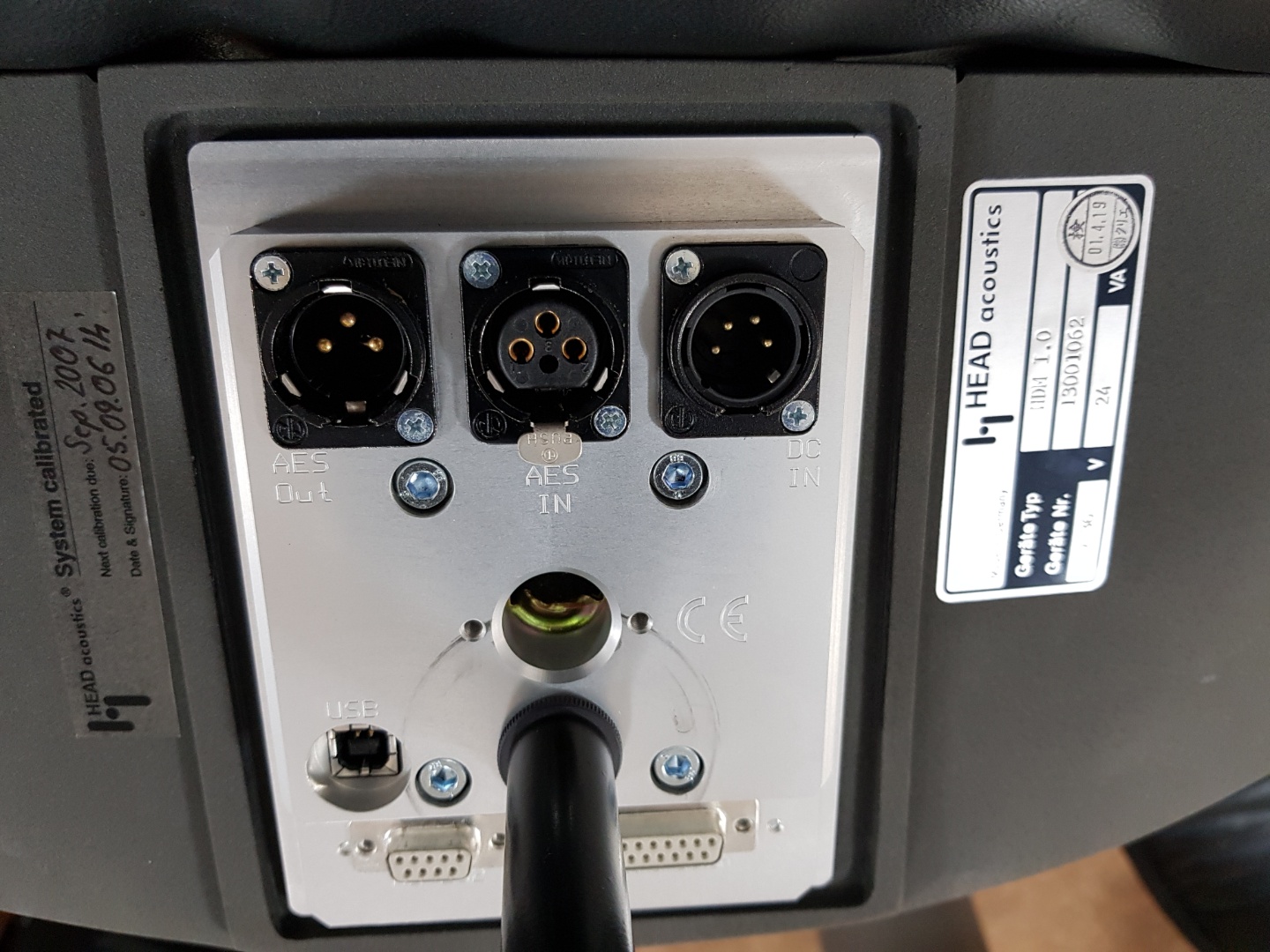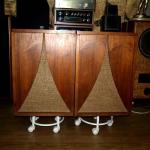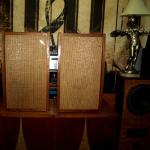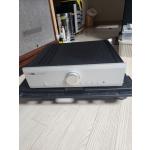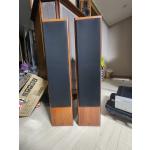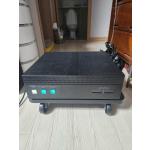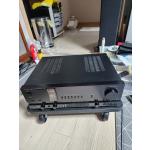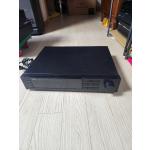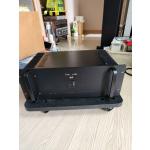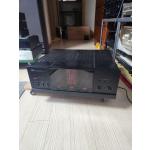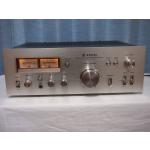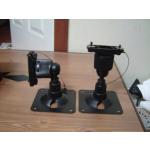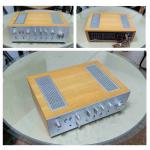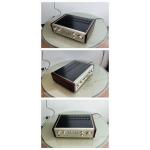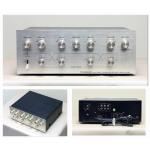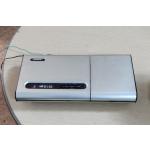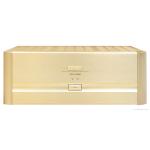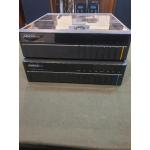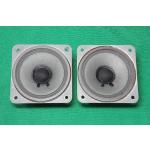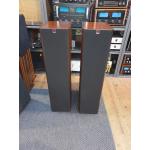HMS III Artificial Head Measurement System 입니다.
인체 체감(청음 조건) 기준의 음향 측정장비 입니다.
스테레오 센서(마이크)와 앰프내장되어있습니다.
AES OUT, AES IN , USB, RS232C , Communition 포트 내장.
귀부근은 실리콘 재질이고, 분리형 스텐드와 아답터 포함.
더미헤드로 리스닝룸 상태를 측정도 해보고 이런저런 음향상태를 측정해보고 싶은 호기심으로 구입해 놓은것
이제는 힘이 고갈되어 못해보고 내놓습니다.
HMS III Artificial Head Measurement System 입니다.
인체 체감 기준의 음향 측정장비 입니다.
스테레오 센서(마이크)와 앰프내장되어있습니다.
더미헤드로 리스닝룸 상태를 측정도 해보고 이런저런 상태를 측정해보고 싶은 호기심으로 구입해 놓은것
이제는 힘이 고갈되어 못해보고 내놓습니다.
010-5382-6464
아래 원문 참조하시고, 리스닝룸, 레코딩, 조건등 실내음향등 분석 장비입니다.
HMS III Artificial Head Measurement System
|
|
-
Large dynamic range thanks to 24 bit technology
-
Full utilization of the dynamic range through patented combination of digital and analog equalization
-
Extremely low noise
-
Automatic system check
-
Equalization modes: linear (LIN), independent-of-direction (ID) free-field (FF), diffuse-field (DF), user-defined (USER) via download
-
Equalization options for different configurations, e.g. for measurements with or without torso, with or without wind screen
-
Data format: AES/EBU and IEC/SP-DIF
-
Compatible with human hearing and conventional measurement technology
-
Compatible with Artificial Head recordings made using HMS II and 16 bit format, incl. HMS data/pulse data
-
User-friendly remote control with SPL meter via the remote control software or the Remote Control RC V (as option)
-
Independent-of-mains power supply
-
Mobile system
-
Light weight
|
|
The digital 24 bit Artificial Head HMS III
represents the new generation in Artificial Head technology from HEAD acoustics. As in previous versions, the award-winning, patented Artificial Head geometry is a mathematically describable simulation of human head-and-shoulder geometry.
The Artificial Head comprises the correct simulation of all acoustic relevant components of the human outer ear. HMS III.0 allows aurally-accurate binaural recording of sound events. These recordings support all characteristics of human aural perception, especially spatial hearing. This is the condition for a correct auditory impression during playback. Artificial Head recordings allow subjective evaluation of sound as well as objective analysis. Measurements using the Artificial Head are compatible with conventional measuring technology.
In the new Artificial Head, the entire electronics for sound measurement, signal processing and power supply are built into the head-and-shoulder unit. The Artificial Head is thus an easy-to-handle and easy-to-transport measuring tool.
The Artificial Head includes an independent-of-mains, interruption-free power supply. Audio data output is in digital professional format via an AES/EBU interface. The Artificial Head also supports data output in consumer format (IEC/SP-DIF). This ensures connectability to most existing recording and analysis systems.
Dynamic range
A high dynamic range is an essential feature for an Artificial Head Measurement System. The dynamic range of human hearing extends up to approximately 120 dB. Thanks to modern 24 bit technology and because of the patented combination of analogue and digital equalization, the Artificial Head achieves a high dynamic range comparable to that of human hearing.
Pre-selection of nominal SPL in seven stages ensures both optimum modulation of digital signal processing and optimum equalization. Users have the option of recording the nominal level setting with so-called HMS data in the 16th bit of the left audio data channel. (For compatibility the 16th bit and the 24th bit [LSB - Least Significant Bit] are exchanged). The HMS data can be automatically read out by the analysis system ArtemiS and the playback system HPS IV and included in subsequent data processing.
Equalisation
Digital signal processing allows accurate equalization of acoustic signals. The equalization is adaptable to a range of sound field characteristics. A range of five different equalizations is available: linear (LIN), independent-of-direction equalization (ID), free-field equalization (FF), diffuse-field equalization (DF), and user-defined equalization (USER), adaptable to individual requirements.
The various equalization modes take account of the effect of the Artificial Head on sound propagation. This ensures the compatibility of Artificial Head measurements to conventional measurement techniques. As with nominal level selection, the user is able to record equalization settings in the HMS data (see above).
Automatic system check
At the press of a button the Artificial Head completes a full system check, in which each component located in the signal path is tested for correct operation. This means that any possible errors in the measurement chain, including pre-equalization and digital signal processing, are detected. Deviations to specified tolerance ranges are automatically corrected.
The system check ensures long-term accuracy of the Artificial Head. The absolute calibration of the Artificial Head Measuring System carried out at the Head acoustics factory serves as reference. The system check considerably extends the interval between external calibration of the Artificial Head. The user profits from a higher availability of the system and an increased comfort.
Compatibility with 16 bit systems
The Artificial Head is downwardly compatible with existing 16 bit systems. During conversion of audio data to 16 bit format, HMS data (or pulse data, see HMS III.2) are also taken into account. Conversion of data from 24 bit to 16 bit can be executed by using either a rounding algorithm or a Dither & Noise Shaping algorithm which rather than cutting off the data stream after the 16th bit allows convenient displacement of the quantisation noise to uncritical frequency ranges. This achieves an aurally-perceptible reduction of the distortion component due to quantisation in acoustic signals. This complex data conversion of 24 bit audio data produces a high-quality 16 bit signal.
Operation
The remote control software HUS I.1 allows all settings for a recording to be made on the Artificial Head. This applies to both equalization and sampling rate, as well as range and data format. The remote control window and level and modulation (signal levels) displays give the user real-time information about the status of the Artificial Head and the acoustic signal present. The remote control software also supports the system check of the Artificial Head and simplifies calibration.
The Artificial Head can also be controlled using the Remote Control RC V, which includes similar features as the control software.
Mobility
Independent-of-mains power supply and light weight make the Artificial Head eminently suitable for mobile applications. The Artificial Head is easy to transport, thus giving it the high-level of flexibility required for use in a wide range of applications.
|

